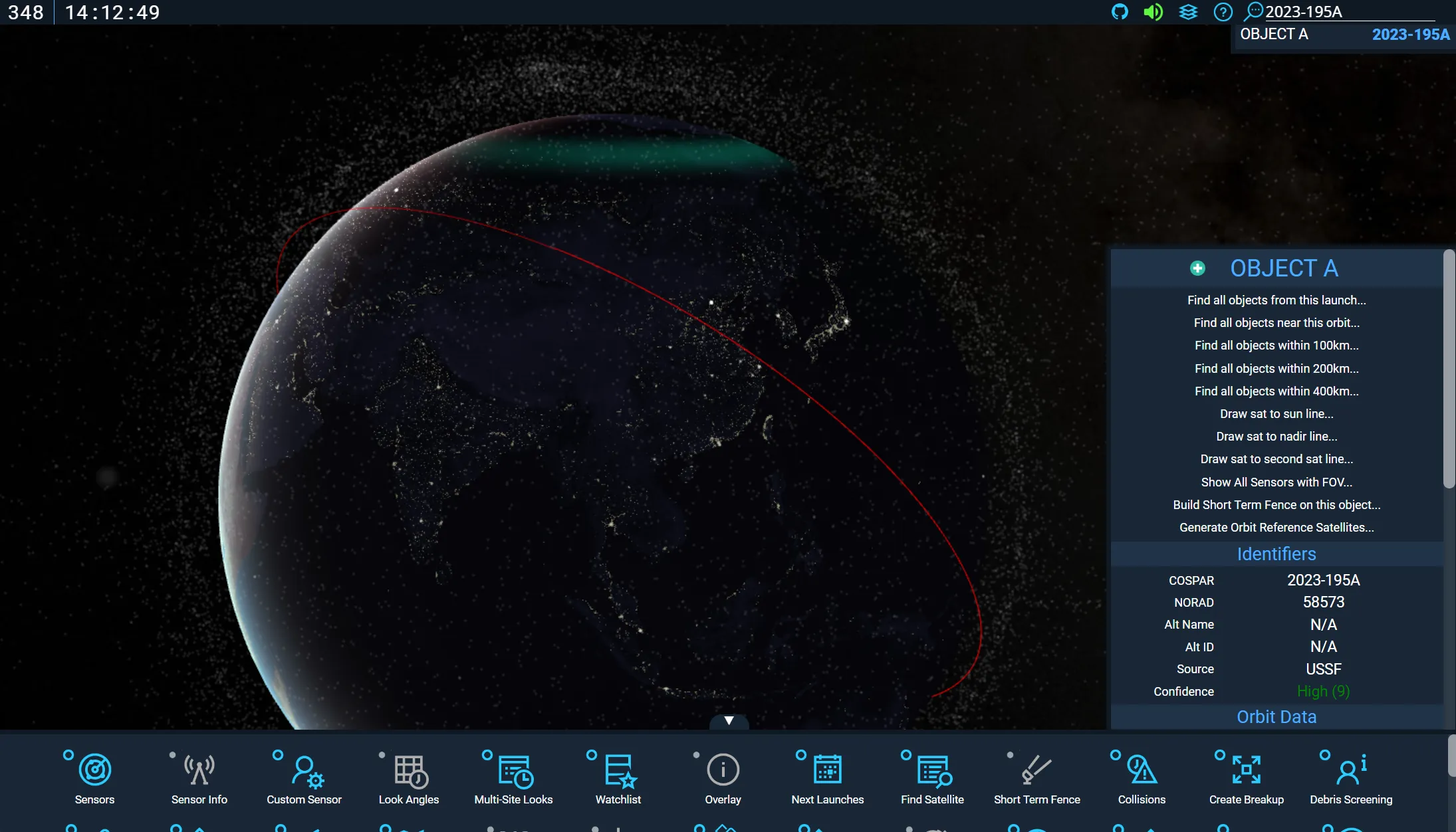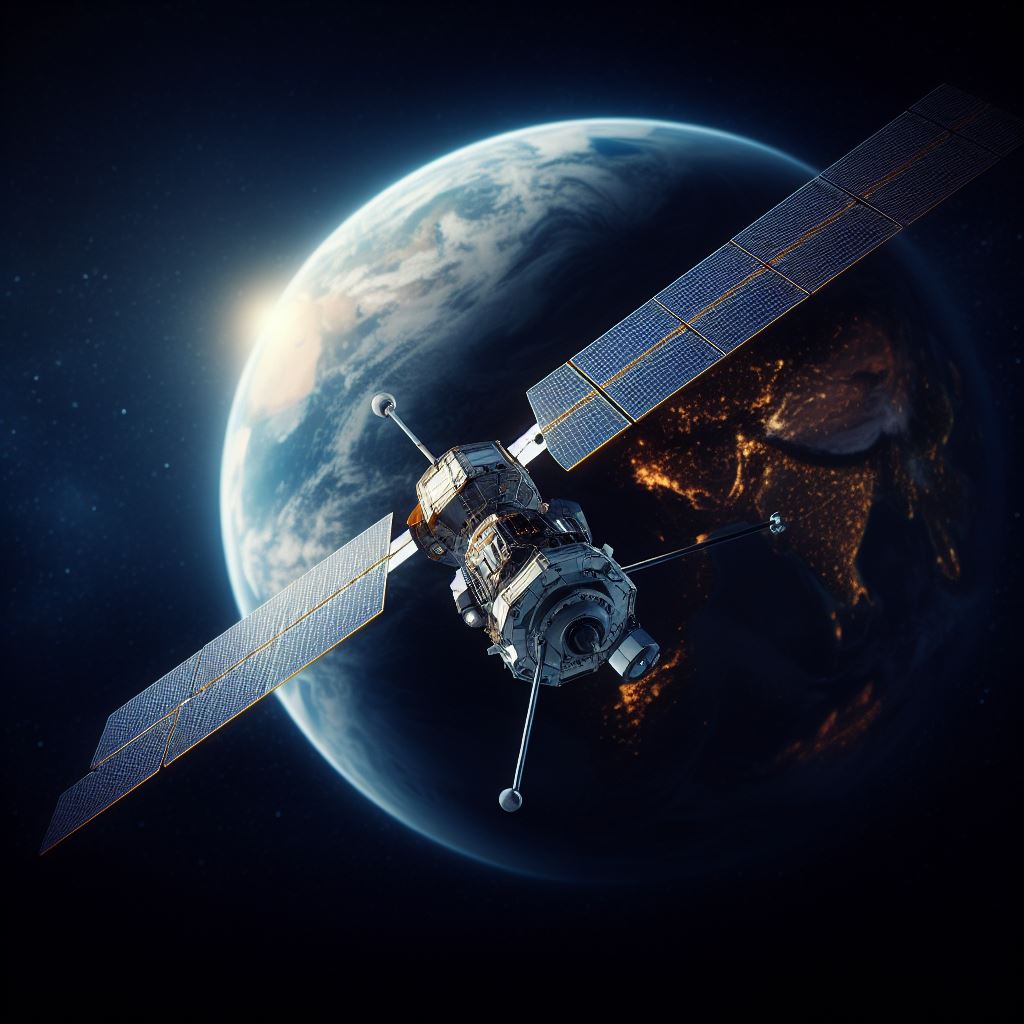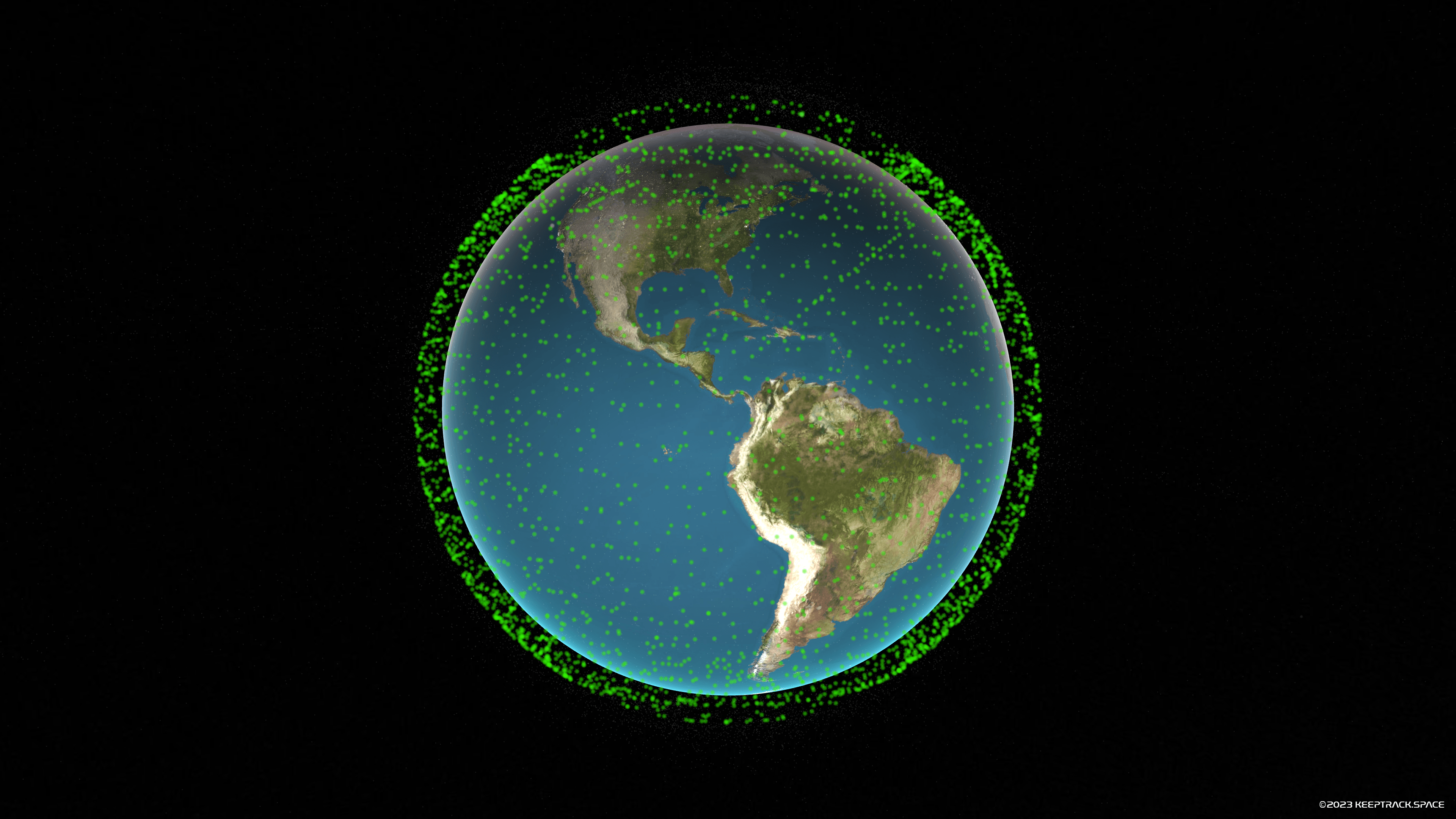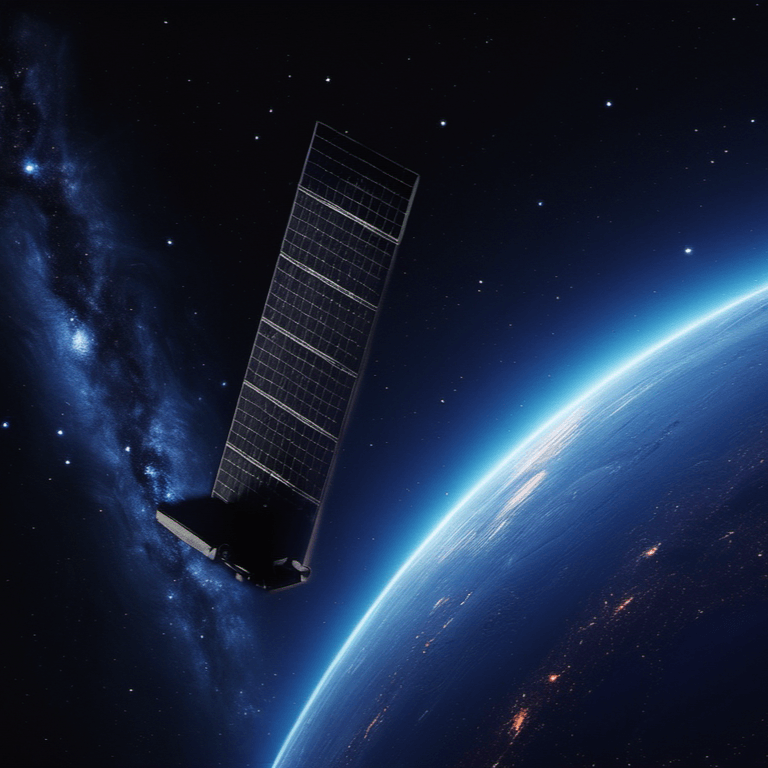· tldr · 4 min read
17 Dec 2023 Space TL;DR
Rocket Lab's successful Electron return to flight, China's third Shenlong mission, lessons from Virgin Orbit's failure in the UK, Hubble's 30-year post-repair anniversary, and a summary of recent global launches.
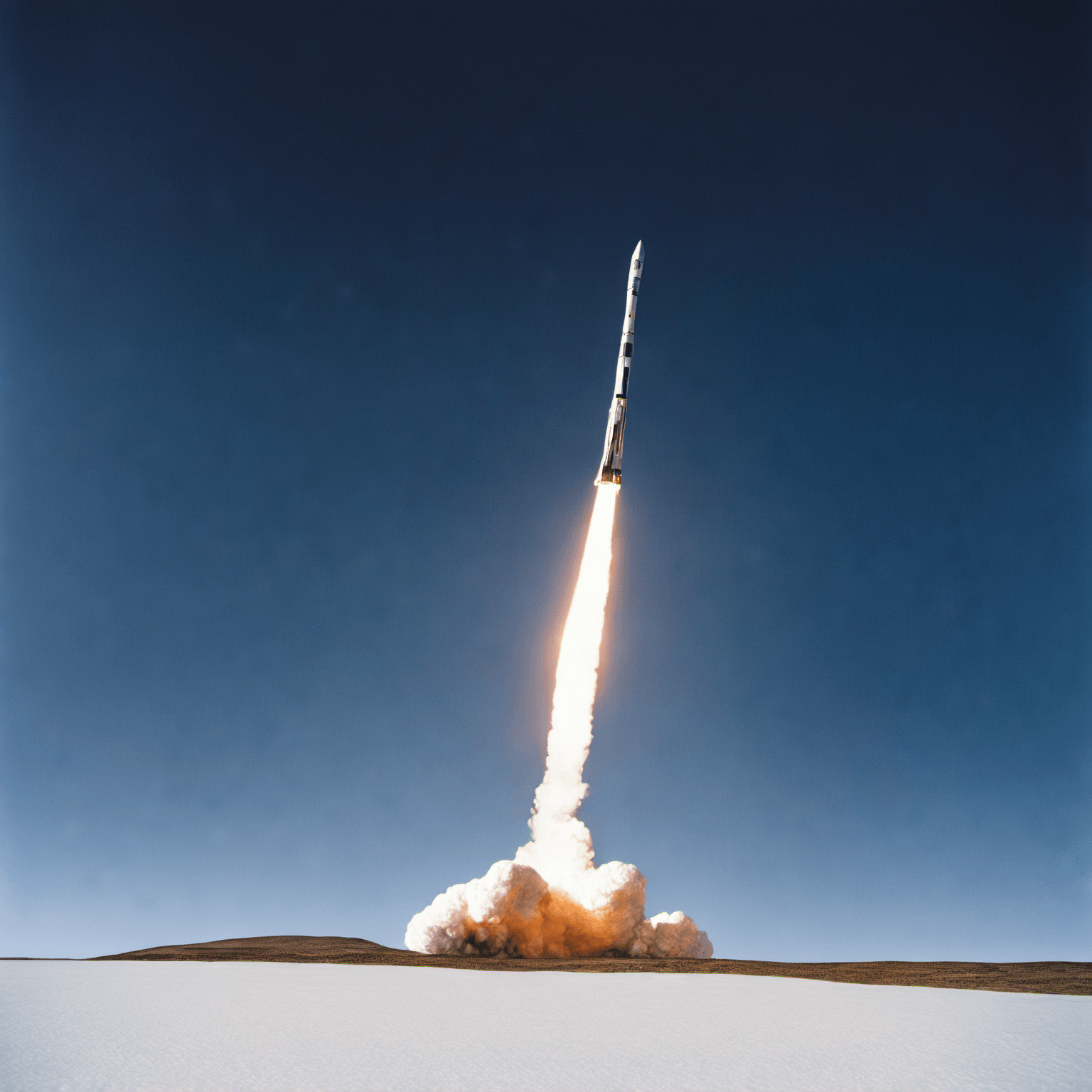
Rocket Lab’s Return-to-Flight Electron Launch
Rocket Lab achieved a significant milestone with the successful launch of its Electron rocket on December 15, 2023. This launch, named “The Moon God Awakens,” marked the company’s return to flight after a failure on September 19. The mission, conducted from New Zealand’s Mahia Peninsula, carried a synthetic-aperture radar (SAR) satellite, Tsukuyomi-1, for the Japan-based Earth imaging company iQPS (Institute for Q-shu Pioneers of Space, Inc.). Tsukuyomi-1 is part of a planned 36-satellite constellation aimed at monitoring Earth every 10 minutes, with full deployment expected by 2025 or later.
This mission is Rocket Lab’s tenth in 2023, surpassing their 2022 record of nine launches. Despite the success, Rocket Lab did not attempt to recover the Electron’s first stage booster on this mission. The return to flight follows a detailed investigation and resolution of a September launch issue, involving an electrical arc in the power supply system during the second stage engine ignition. Measures to prevent similar issues include enhanced fidelity of the second stage and sealing and pressurizing the battery frame.
Read the full story: Spaceflight Now
China Launches Space Plane on Third Mission
China has successfully launched its secretive reusable space plane for the third time on December 14, 2023, using a Long March 2F rocket from the Jiuquan Satellite Launch Center. This launch is noteworthy for its timing, occurring just one day after a scheduled launch of the U.S. Space Force’s X-37B space plane was delayed. The Chinese spacecraft, nicknamed Shenlong or “Divine Dragon,” is used for conducting space science experiments and is part of China’s efforts in the peaceful use of space.
This launch, coming just seven months after its previous mission, represents a significantly shorter turnaround compared to the 23-month gap between its first and second missions. The exact capabilities and objectives of Shenlong are largely unknown, but it’s believed to be involved in testing new payloads and orbital operations, similar to the U.S. X-37B. It operates by launching vertically on a rocket and landing horizontally, akin to NASA’s space shuttle.
The last mission of China’s space plane lasted 276 days and involved ejecting an unidentified object into orbit, leading to speculations about its nature and purpose. The close timing of the launches of the Chinese and U.S. space planes suggests a high level of mutual interest and competition in this area, as highlighted by U.S. Space Force officials.
Read the full story: Space.com
Get more info: Gunter’s Space Page
Report Outlines Lessons from First U.K. Launch
Nearly a year after Virgin Orbit’s failed launch from England, the U.K. Space Agency remains optimistic about the country’s launch industry. A report released on December 14 detailed the lessons learned from the failed January 2023 launch, where technical issues with the rocket’s second stage prevented the payload from reaching orbit. Key recommendations include streamlining the licensing process, improving inter-agency coordination, and enhancing international engagement. Despite setbacks, U.K. officials see a strong future for their space sector, with nine launch companies in application stages and ongoing investments in sustainable launch systems.
Read the full story: SpaceNews.com
Hubble Space Telescope 30 Years Post-Repair
On December 2, 1993, the Space Shuttle Endeavour embarked on mission STS-61 to repair the Hubble Space Telescope (HST), which had been suffering from optical issues due to a mirror flaw. This high-stakes mission was crucial for NASA, as Hubble was unable to fulfill its astronomical potential. The repair involved installing corrective optics, including the Wide Field and Planetary Camera-2 (WF/PC2) and the Corrective Optics Space Telescope Axial Replacement (COSTAR). Additionally, the mission addressed Hubble’s pointing issues and replaced aging solar panels.
Post-repair, Hubble has made significant contributions to our understanding of the universe, such as proving the existence of black holes, discovering dark energy, and observing phenomena from our solar system to the distant cosmos. Despite challenges, Hubble continues to operate and collaborate with newer telescopes like the James Webb Space Telescope. Recent proposals suggest a future servicing and reboost mission to extend Hubble’s operational life, utilizing SpaceX’s Crew Dragon for docking and repairs.
Read the full story: Nasa Space Flight
Recent Orbital/Suborbital Launches Summary
Orbital Launches
- Total Launches: 23
- Frequent Launch Vehicles: Falcon 9 (10 launches), Chang Zheng variants (7 launches)
- Common Missions: Communications (Comms), Imaging
- Notable Launches:
- Starlink missions by SpaceX with 9 launches
- Chang Zheng 7A, 3B, 2C, 2D, and 5 used in various missions from China
- Falcon 9’s diverse missions including Dragon CRS-29, Transporter-9, and Starship OFT-2 test flight
- Soyuz and Electron for cargo and radar respectively
Suborbital Launches
- Total Launches: 13
- Notable Launches:
- Minuteman 3 and Bulava for test purposes
- Spaceship Two for tourism
- Various scientific and test missions including DISSIPATION, Beam-PIE, MAIUS-2
- Interceptor test by GBI in FTG-12 EKV mission
Read the full story: Planet4589
